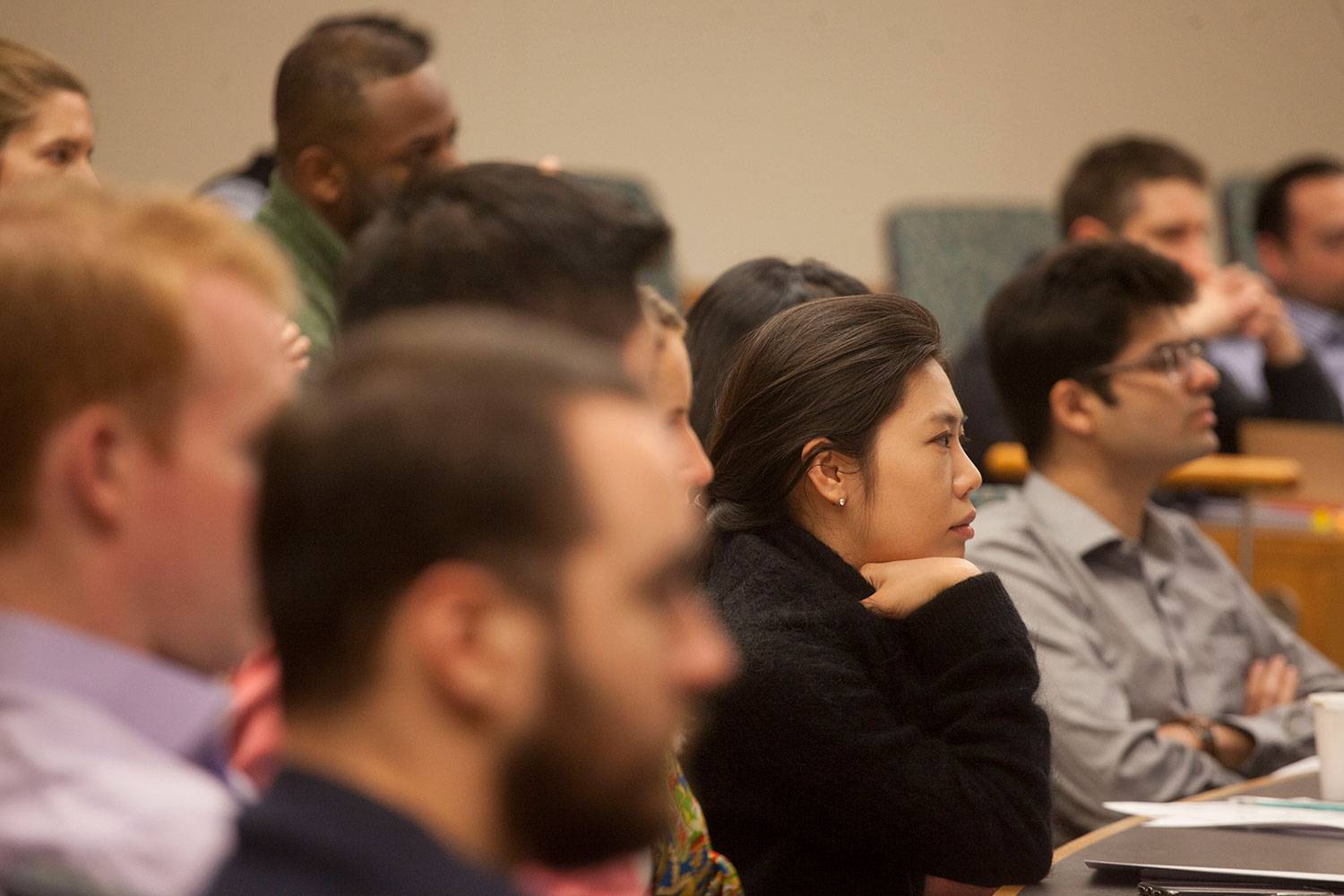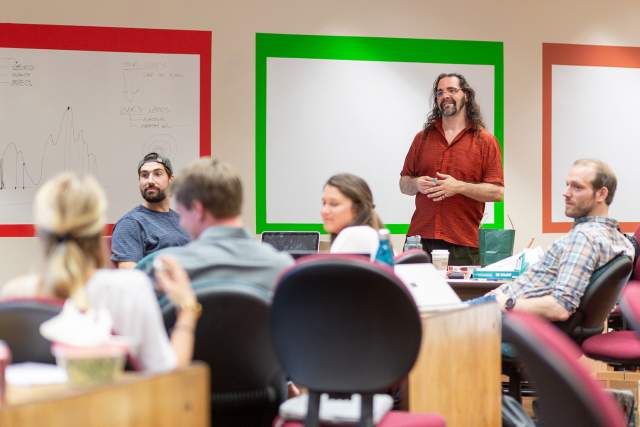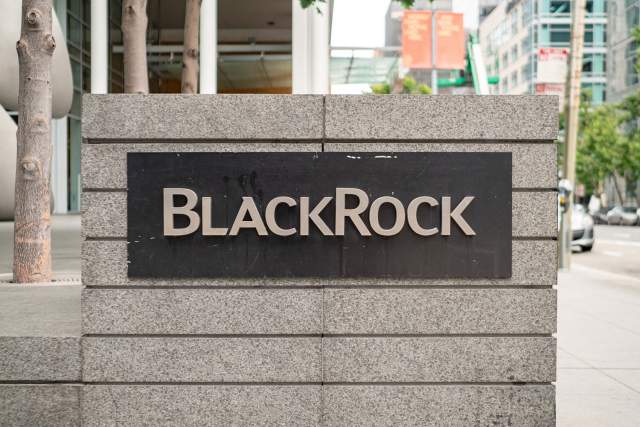Tuck Rolls Out New Courses on Social Entrepreneurship and Impact Investing
Clinical professor Curt Welling D’71, T’77 discusses two new courses that draw on his extensive experience in investment banking and global public health.

The new courses provide students with a detailed view of how businesses can work with governments, NGOs, investors, and consumers to make the world a better place.
For the past few years, clinical professor Curt Welling D’71, T’77 has been teaching a popular course at Tuck called Business and Society.
Behind that rather simple name is a tectonic shift in the business landscape that is causing firms of all sizes to ask existential questions about the impact of their operations on people and the environment. Should soft drink companies, for example, bear some responsibility for increased rates of obesity and type-2 diabetes? Should manufacturers be expected to ensure their products don’t end up in a landfill? Should firms pay for the greenhouse gasses they emit into the atmosphere? More broadly, the course explores how companies’ implicit license to operate is under scrutiny in this changing social dynamic. “I teach that course twice a year and it’s always well subscribed,” says Welling, who, prior to returning to Tuck, was a managing director at Credit Suisse and Bear Sterns, and the president and CEO of the AmeriCares Foundation. “We’ve seen a steady increase in the interest of students to study these issues.”
In response to these significant business trends, and the heightened student interest in them, Welling has created two new mini courses that examine the intersection of business and society: Social Entrepreneurship and Impact Investing: Capital for Social Impact.
The social entrepreneurship course builds on Tuck’s leadership in this space. Four years ago, the school launched one of the first social venture funds in the MBA ecosystem. Now more than a dozen elite MBA programs either have student-run social venture funds or are planning to put one in place. The course also augments Tuck’s reinvigorated entrepreneurship programming, with this summer’s launch of the Center for Entrepreneurship and the new Startup Incubator program. “We wanted to offer a course in social entrepreneurship to go side-by-side with courses and programs for traditional entrepreneurship,” Welling says, “so students can get the same educational background, rigor, and toolkit no matter what kind of venture they are interested in.”
Social entrepreneurship is geometrically more complicated because you have these dual objectives: you have to solve the social problem, and do it in a way that creates a sustainable revenue flow.
Both forms of entrepreneurship begin at the same place: identifying a problem to be solved. Traditional startups generally address commercial problems with commercial solutions. Social impact startups, meanwhile, aim to solve social problems with the tools of commerce. One of the most famous examples of a social impact startup is Grameen Bank, which fights poverty in developing countries by providing low-interest microloans to individuals and small businesses. Instead of distributing its profits to owners or shareholders, Grameen Bank drives its earnings into more loans, to create a bigger impact. “The steps you work through in creating a traditional startup are similar,” Welling explains, “but social entrepreneurship is geometrically more complicated because you have these dual objectives: you have to solve the social problem, and do it in a way that creates a sustainable revenue flow.”
Social startups may begin as the mission of one or a few founders, but the successful ventures often intersect with the world of investment banking, which is now allocating unprecedented amounts of capital to causes that create a positive social impact. Every significant asset manager in the world—Fidelity, Blackrock, Vanguard—has numerous socially responsible investment vehicles and is developing more. Welling covers this burgeoning market in his Impact Investing course. Using a series of cases, readings, and analytical examples, Welling leads students through each point on the impact investing continuum, from old-fashioned philanthropy to venture philanthropy, corporate social philanthropy, early-stage impact investing, and negative-screen investing in public equities. As its name implies, impact investing is all about social impact: providing capital in a way that achieves attractive returns and positive social outcomes. The demand for these investments is values-driven as investors increasingly seek vehicles to make capital work harder for a social purpose. And the supply side rationale is clear: the opportunity presented by accessing a growing slice of the $80 trillion in global assets under management dwarfs the potential of the $300-400 billion in annual U.S. philanthropy.
Together, these courses provide Tuck students with a detailed panoramic view of how businesses can work with governments, NGOs, investors, and consumers to make the world a better place. “There’s a huge dynamic of change happening right now,” Welling says, “and Tuck students are eager to understand it and put these skills to use in their careers.”

